
Dating back to the reign of Henry VIII, the halfcrown has nearly a five-hundred-year history. It ceased to be legal tender on 1st January 1970 in preparation for “Decimal Day” in Britain, which happened the following year. It was equivalent to one-eighth of a pound, or two shillings and sixpence.
Here, we take a brief look back at the history of one of Britain’s last pre-decimal coins.
The Origin
The first halfcrown was minted during the reign of Henry VIII in 1526. It was originally minted in gold, and it continued to be produced this way throughout the reigns of Edward VI, Elizabeth I, James I and Charles I.
In 1551, during the reign of Edward VI, the first silver halfcrowns were minted, and they were among the first coins in Britain to bear a date. The image on the obverse of the coin was of King Edward VI on horseback and the reverse showed a quartered shield of arms. In 1582, the coins began to be minted in sterling silver with the coins consisting of 92.5% silver, and the rest of the coin made of copper.
Design and Denomination
Since these early halfcrown’s, until the reign of George V, the design on the reverse was remarkably similar showing a crowned shield of arms.
Interestingly, one thing that did not show on the reverse of the coin for over three hundred years, from the halfcrown’s of 1526 until 1892, was the wording “half crown” as its denomination.
From 1920, with the rising price of silver and also the need to repay silver Britain borrowed from the USA to fund World War One, the content of the halfcrown was reduced to 50% silver.
During the reign of George V in 1926, the design on the reverse changed to a shield of arms without a crown. This remained throughout the reign of George VI, with a half crown minted for Edward VIII, but never released as he was never crowned and he also abdicated within a year. In 1946 the composition of the coin changed to cupro-nickel.
Modern Times
Queen Elizabeth II came to the throne in 1953, and the design on the reverse of the halfcrown reverted back to a crowned shield of arms, with the obverse showing the famous portrait by Mary Gillick of the Queen without a crown or diadem. This is the only time that the longest reigning British monarch has been portrayed that way.
The halfcrown stopped being minted in 1967 and ceased to be legal tender on 1st January 1970.
Having only changed minimally during its nearly five hundred history, the design on the halfcrown has stood the test of time, making it one of the most popular coin designs in British history.
One of these enduring coins, in proof quality, can be found in The Britain’s Last Pre-Decimal Final Year-Date Heritage Set which you can view HERE.

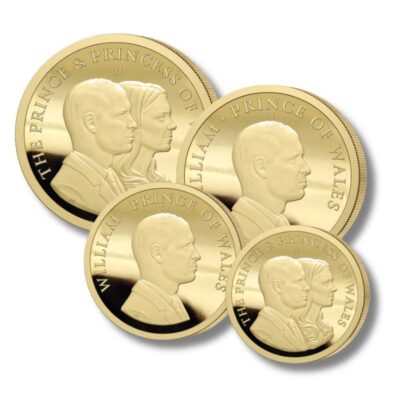 The 2023 Royalty Collection
The 2023 Royalty Collection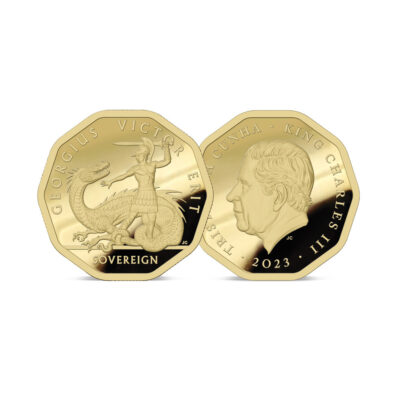 The 2023 Prince George's 10th Birthday Gold Sovereign
The 2023 Prince George's 10th Birthday Gold Sovereign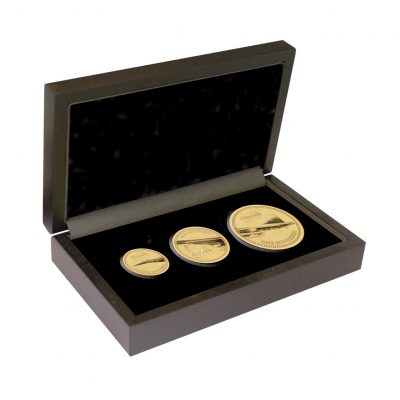 The 2019 Concorde 50th Anniversary Gold Prestige Sovereign Proof Set
The 2019 Concorde 50th Anniversary Gold Prestige Sovereign Proof Set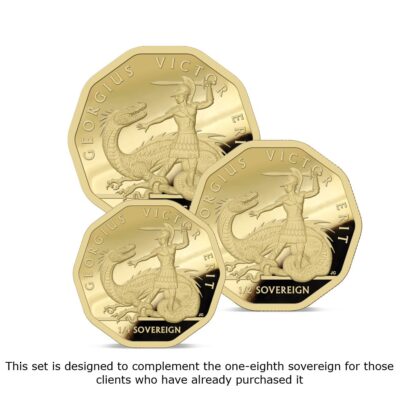 The 2023 Prince George's 10th Birthday Gold Prestige Infill Sovereign Set
The 2023 Prince George's 10th Birthday Gold Prestige Infill Sovereign Set The 2025 VE Day 80th Victory Gold Sovereign
The 2025 VE Day 80th Victory Gold Sovereign The 2025 Remembrance Gold Sovereign
The 2025 Remembrance Gold Sovereign The 2026 Centenary of Queen Elizabeth II Gold Essential Sovereign Set
The 2026 Centenary of Queen Elizabeth II Gold Essential Sovereign Set The 2025 Queen Mother 125th Anniversary Gold Sovereign
The 2025 Queen Mother 125th Anniversary Gold Sovereign The 2026 Centenary of Queen Elizabeth II Gold Essential Infill Sovereign Set
The 2026 Centenary of Queen Elizabeth II Gold Essential Infill Sovereign Set The 2025 Remembrance Gold Prestige Sovereign Proof Set
The 2025 Remembrance Gold Prestige Sovereign Proof Set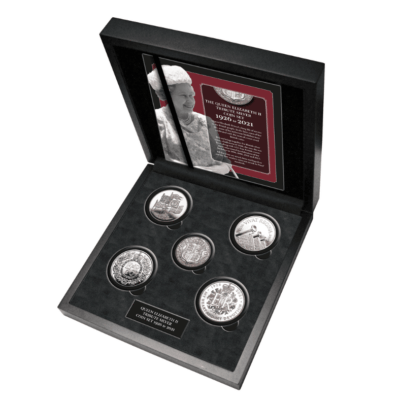 The Queen Elizabeth II Centenary of Birth Tribute 1926-2021 Silver Halfcrown & Silver Crown Set
The Queen Elizabeth II Centenary of Birth Tribute 1926-2021 Silver Halfcrown & Silver Crown Set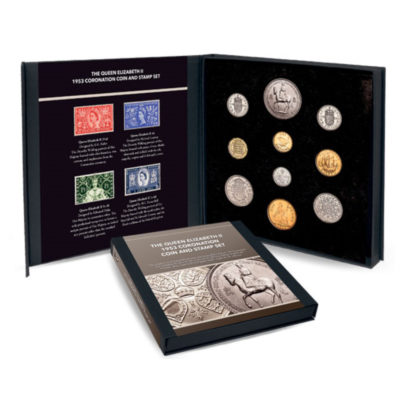 QEII 1953 Coronation coin and stamp set
QEII 1953 Coronation coin and stamp set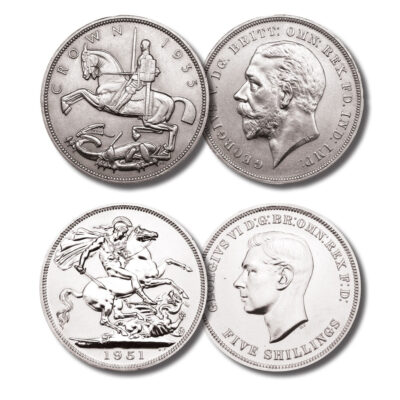 Britain's 20th Century St George and the Dragon Crown Set
Britain's 20th Century St George and the Dragon Crown Set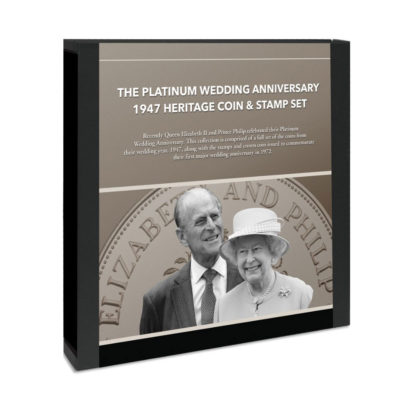 The Platinum Wedding Anniversary 1947 Heritage British Set of Coins
The Platinum Wedding Anniversary 1947 Heritage British Set of Coins
